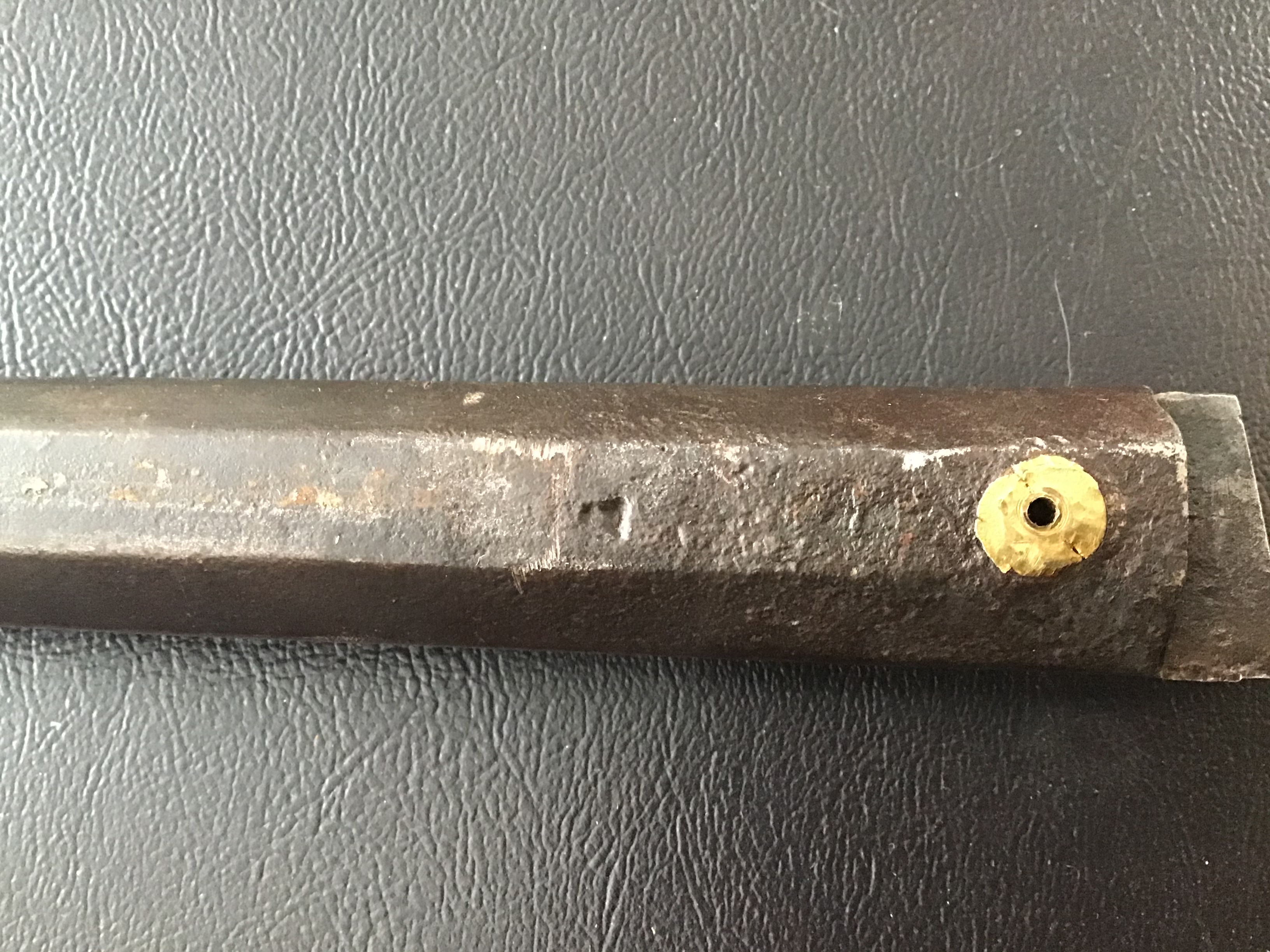While ML gun makeing never did die out I would guess the renaissance so to speak would be 40s or 50s .Such as the NMLRA would be a reliable traceing reference and supplies of parts would gradually increase .Then factor in ' Davy Crockett ' type films even Spencer Tracey in' North West Passage ' added fuel . Chunk gunner,s seem never to have ceased. Alvin York stuff but good wholesome fun .Where there is demand gun makers will rise to the need . Ron Southgate rifles even reached NZ & Hacker Martin was another early name .Bill Large put me onto the first R vous I went too at Shawnee State Forest 1981? .But there where English Civil War & Napolionic ect groups in the UK . Gradually the hobby bloomed wonderfully if it seemed to reach a peak by the late 80,s. But has since got very sophisticated with many able gun & accoutrement makers . Who looked beyond the regional basic and the market is well supplied with inventive minds such as Pukka & Dave Person and a host of newer makers to rival the Bob Harn. Monty Manderino, Jim Hash and a host of others equally worthy .( At a pinch you could add that Rudyard fellow he's been very versatile at least & supplied barrels & locks ect to many who seldom got to the makers sources .)I used to make Nocks patent breeches on shotguns of my make & have mostly fitted vents where suitable . I think your answer lies some where in this observation . I have not considered all the factory made offerings they obviously have a place but I have had little to do with them beyond as stock.
Regards Rudyard









